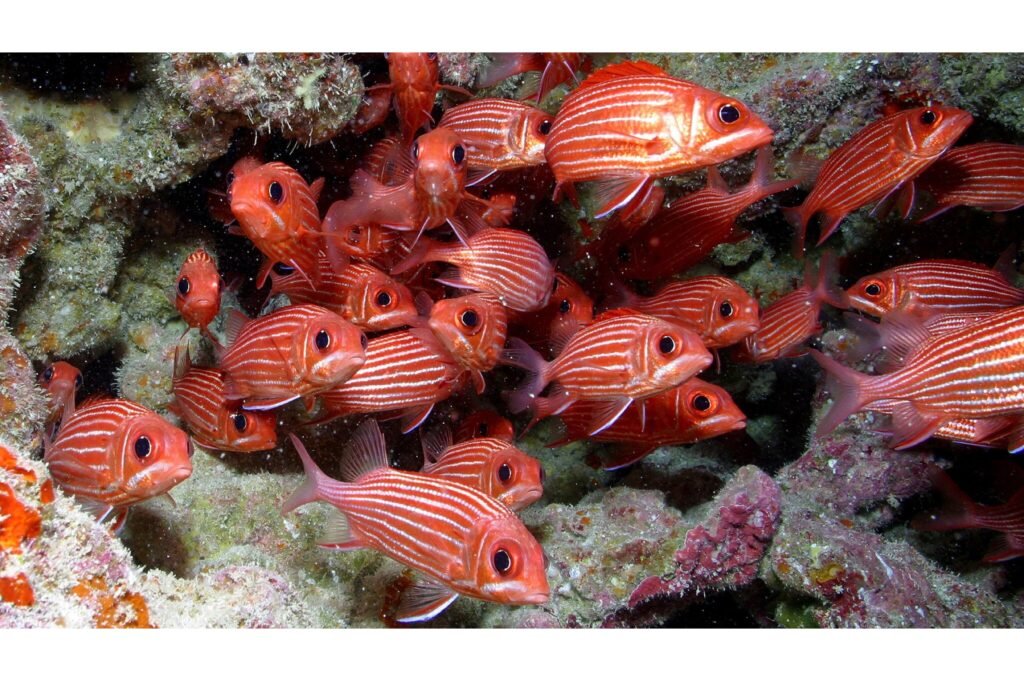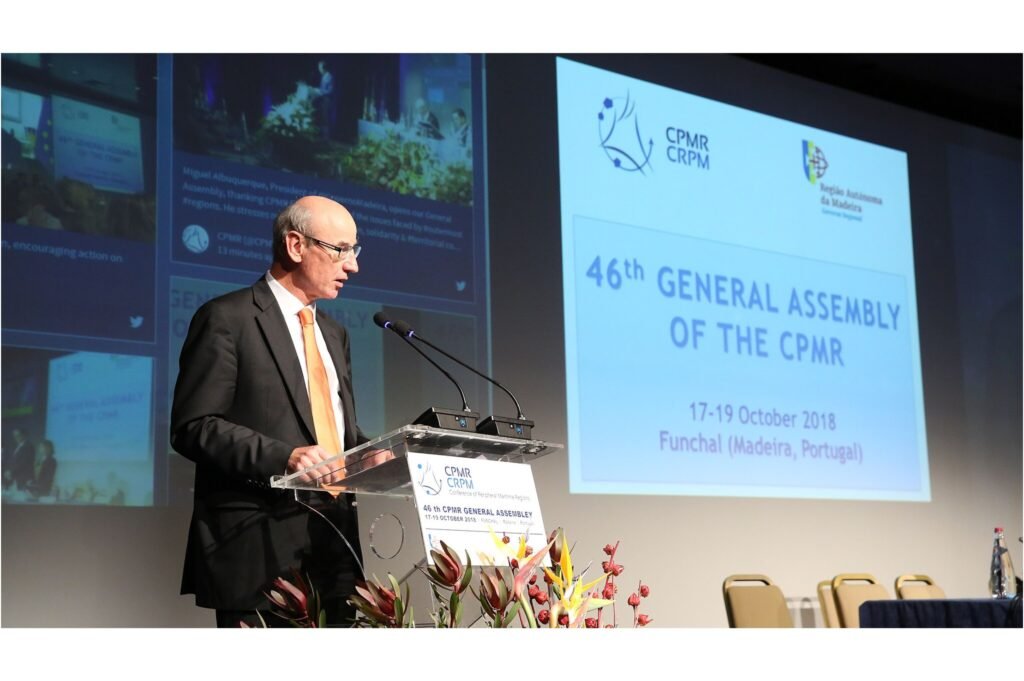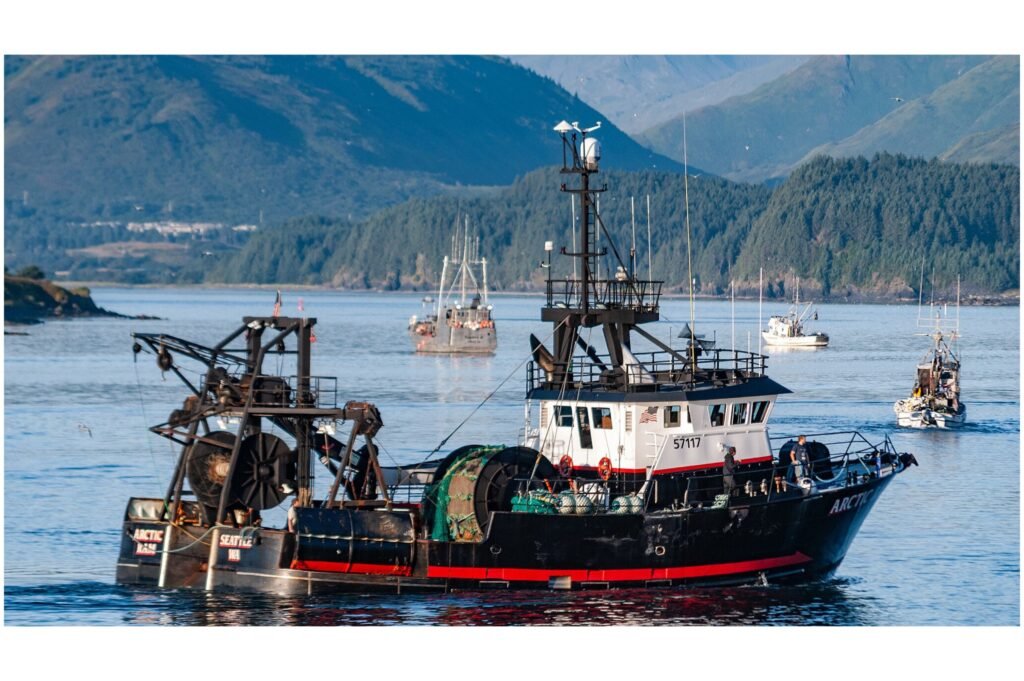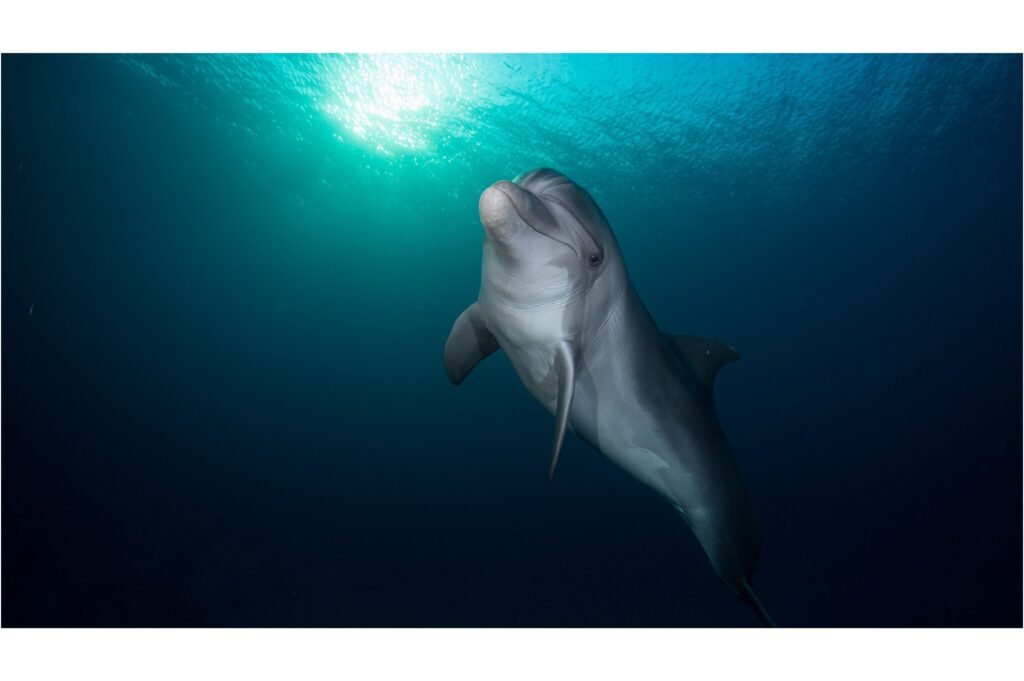Marine sanctuaries are designated areas within oceans, seas, and even large lakes that receive special protection due to their conservation, ecological, and cultural importance. These protected areas serve as havens for marine life, allowing ecosystems to flourish and recover from human-induced threats. Marine sanctuaries play a pivotal role in conserving ocean biodiversity, offering insights into sustainable management and contributing to the well-being of countless marine species. This article delves into the essentials of marine sanctuaries, exploring their significance, challenges, and the promising future they hold for global biodiversity.
The Importance of Ocean Biodiversity

Ocean biodiversity is crucial for maintaining ecological balance and supporting life on Earth. The vast arrays of species found in marine ecosystems contribute to carbon cycling, oxygen production, and nutrient distribution. This rich tapestry of life not only sustains commercial industries such as fishing and tourism but also provides crucial ecosystem services that regulate the planet’s climate and health. Preserving biodiversity is imperative for the resilience of oceans and the continued survival of human populations dependent on marine resources.
What Are Marine Sanctuaries?

Marine sanctuaries are protected marine areas established to conserve valuable habitats and species. These sanctuaries may vary in size and are governmentally or internationally designated to limit human activity, regulate fishing, and prevent pollution. The goal is to protect and restore ecosystems, promote recovery of endangered species, and maintain natural resources for future generations. Through restrictions on activities like fishing, drilling, and shipping, marine sanctuaries help maintain the ecological integrity of ocean environments.
Types of Marine Protected Areas (MPAs)

Marine protected areas come in various forms based on the level of protection and management objectives. Some common types include fully protected reserves, partially protected areas where limited human activities are permitted, and multiple-use zones combining conservation and sustainable use. MPAs can be further categorized into national marine sanctuaries, marine national monuments, and biosphere reserves, each with specific goals ranging from ecosystem preservation to cultural heritage conservation.
Key Benefits of Marine Sanctuaries

Marine sanctuaries offer numerous benefits that extend beyond conserving biodiversity. They act as refuges for endangered and threatened species, help restore fish populations, and enhance marine productivity by providing safe breeding grounds. Sanctuaries also serve as natural laboratories for scientific research, contributing to our understanding of marine ecosystems and how they respond to environmental changes. Additionally, they support tourism and recreational activities, providing economic benefits to coastal communities.
How Marine Sanctuaries Are Established

The establishment of marine sanctuaries typically involves a multi-step process, including scientific assessment, stakeholder consultations, and legal designation. Governments, often in collaboration with international organizations and local communities, use scientific data to identify areas of ecological significance that require protection. Public input is solicited to balance conservation needs with economic and social interests, resulting in legal frameworks that define boundaries, permissible activities, and enforcement mechanisms.
Challenges Facing Marine Sanctuaries

Despite their importance, marine sanctuaries face several challenges. Overfishing, climate change, pollution, and illegal activities like poaching pose significant threats. The effectiveness of sanctuaries is often undermined by insufficient enforcement, inadequate funding, and a lack of public awareness. These issues complicate efforts to preserve marine biodiversity, highlighting the need for robust management practices and international cooperation to address global oceanic threats.
Role of Technology and Research

Advancements in technology and research play a vital role in enhancing the management and efficacy of marine sanctuaries. Satellite monitoring, underwater drones, and AI-driven data analysis offer precise ways to monitor marine life and human activities. Research initiatives help in tracking biodiversity changes and assessing the impact of conservation measures. By integrating technological tools, marine sanctuaries can improve surveillance, decision-making, and adaptive management strategies.
Community Involvement and Education

Community involvement and education are critical components in supporting marine sanctuaries. Engaging local communities ensures that conservation efforts are culturally sensitive and economically viable. Educational programs raise awareness about the importance of marine biodiversity, encouraging responsible behavior, and advocating for conservation. Success stories from regions with strong community engagement demonstrate that informed and motivated stakeholders are instrumental in the sustained protection of marine environments.
The Future of Marine Sanctuaries

The future of marine sanctuaries looks promising with increased international focus on ocean conservation. Initiatives like the 30×30 goal, which aims to protect 30% of the world’s oceans by 2030, underscore the global commitment to marine conservation. By expanding the network of marine sanctuaries, improving management practices, and integrating modern technology, we can safeguard the planet’s marine biodiversity for future generations, ensuring healthy and productive oceans.
Conclusion

Marine sanctuaries are essential tools for preserving the rich biodiversity of our oceans. They offer a sanctuary for marine life while allowing ecosystems to regenerate and provide a buffer against the impacts of human activities. By understanding their importance, challenges, and the role of technology and community engagement, we can collectively work towards protecting and expanding these vital areas. Through international cooperation and committed conservation efforts, marine sanctuaries will continue to be a crucial part of preserving the planet’s invaluable oceanic resources.

Jan loves Wildlife and Animals and is one of the founders of Animals Around The Globe. He holds an MSc in Finance & Economics and is a passionate PADI Open Water Diver. His favorite animals are Mountain Gorillas, Tigers, and Great White Sharks. He lived in South Africa, Germany, the USA, Ireland, Italy, China, and Australia. Before AATG, Jan worked for Google, Axel Springer, BMW and others.




